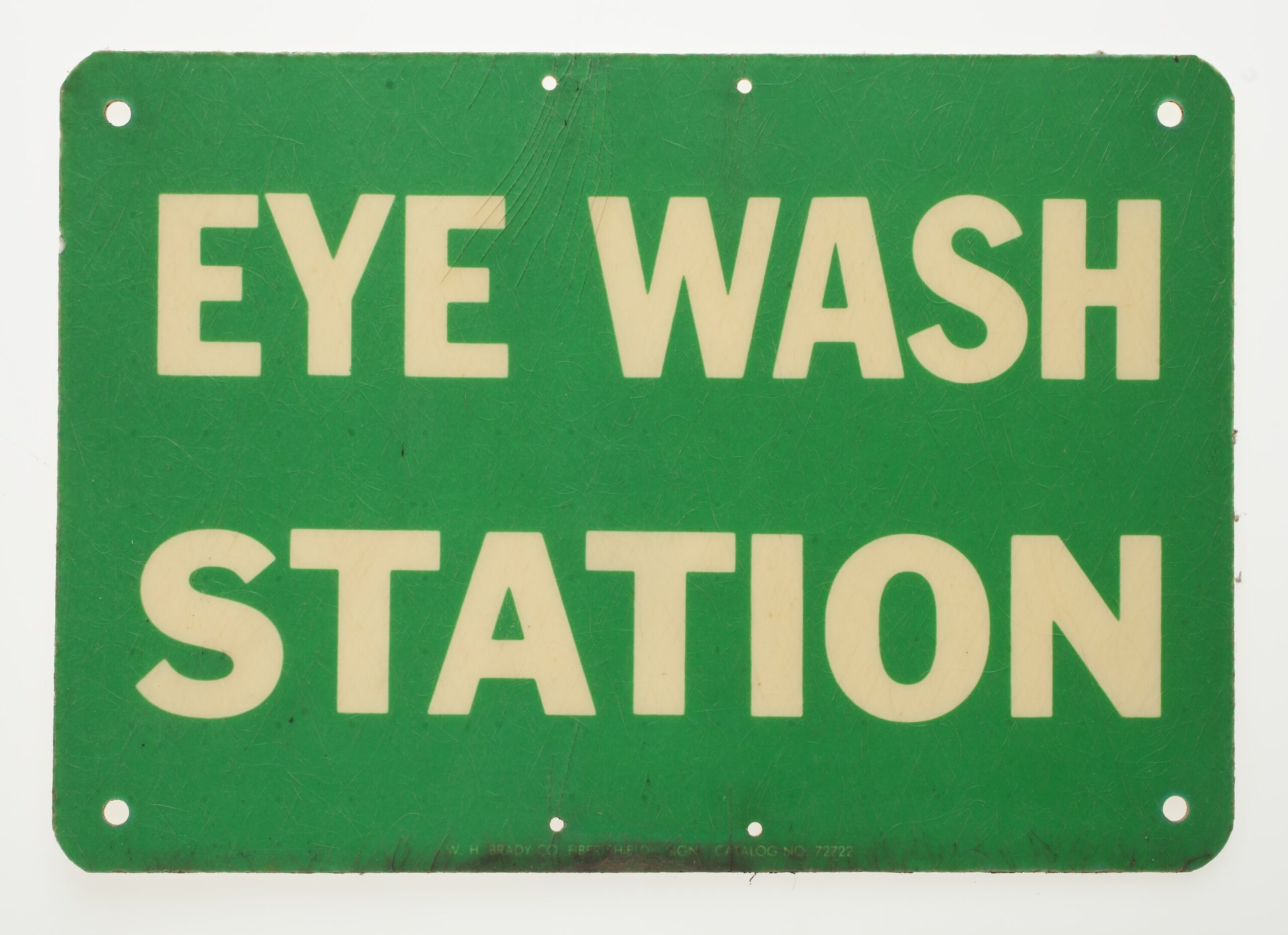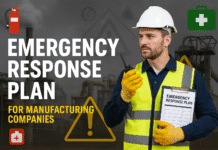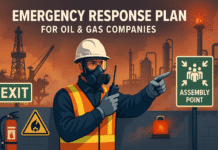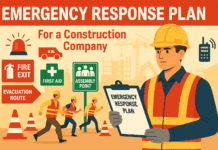
Emergency Eye Wash and Shower Stations: Ensuring Maintenance and Proper Use Procedures
Introduction
Emergency eye wash and shower stations are critical safety installations in workplaces where employees may come into contact with hazardous materials. This article delves into the importance of maintaining these stations and outlines the proper procedures for their use, ensuring a rapid and effective response to potential eye or body exposure incidents.
The Significance of Emergency Eye Wash and Shower Stations
- Immediate First Aid
- Eye Contaminants: Eye wash stations are designed to flush out contaminants from the eyes promptly.
- Full-Body Exposure: Shower stations provide a rapid means of washing off chemicals or substances in the case of full-body exposure.
- Preventing Further Damage
- Critical Seconds: Quick access to eye wash or shower stations can prevent further damage by swiftly removing harmful substances.
- Neutralizing Agents: The immediate flushing action aids in neutralizing acids or bases on the skin or in the eyes.
Maintenance Practices for Emergency Eye Wash and Shower Stations
- Regular Inspection Routine
- Visual Checks: Perform routine visual inspections to ensure that eye wash and shower stations are unobstructed and easily accessible.
- Plumbing Integrity: Verify that plumbing components are in good condition, with no leaks or blockages.
- Flushing and Testing Protocols
- Weekly Flushing: Conduct weekly activation of eye wash and shower stations to clear the supply lines and verify proper water flow.
- Performance Testing: Regularly test the effectiveness of eye wash streams and shower heads to guarantee adequate pressure and coverage.
- Temperature and Contamination Control
- Water Temperature: Ensure that water temperatures are within the ANSI-recommended range (60-100°F or 16-38°C) to prevent further harm to the affected individual.
- Contaminant-Free Water: Regularly assess water quality to prevent the introduction of contaminants into the eyes or on the skin.
- Documentation of Maintenance
- Detailed Records: Maintain detailed records of inspection dates, testing results, and any maintenance activities performed.
- Compliance Documentation: Documentation ensures compliance with safety regulations and provides a traceable history of maintenance efforts.
Proper Use Procedures for Emergency Eye Wash and Shower Stations
- Immediate Activation
- No Delay: In the event of exposure, employees should not hesitate to activate the nearest eye wash or shower station immediately.
- Self-Activation: Individuals should be trained on how to self-activate the stations to minimize response time.
- Eye Wash Station Use
- Eyelids Held Open: Users should hold their eyelids open with their hands to ensure thorough flushing.
- Continuous Flushing: Flush eyes continuously for at least 15 minutes, allowing water to reach all areas.
- Shower Station Use
- Full Body Coverage: In case of full-body exposure, the affected person should stand under the shower, ensuring the entire body is washed thoroughly.
- Clothing Removal: Remove contaminated clothing while standing under the shower to prevent further exposure.
- Seeking Medical Attention
- After Flushing: Even if the affected person feels relief after flushing, it is crucial to seek medical attention to assess and treat any potential injuries.
- Notification: Notify supervisors or emergency response teams immediately after using the eye wash or shower stations.
Employee Training and Awareness
- Regular Training Sessions
- Hands-On Training: Conduct hands-on training sessions for employees on the proper use of eye wash and shower stations.
- Emergency Response Drills: Include these stations in emergency response drills to enhance preparedness.
- Awareness Programs
- Visual Guides: Display clear visual guides near eye wash and shower stations with step-by-step instructions for quick reference.
- Regular Reminders: Use safety meetings and communication channels to remind employees of the locations and importance of these emergency stations.
Conclusion
Maintaining and properly using emergency eye wash and shower stations are vital components of workplace safety. Regular inspections, adherence to testing protocols, documentation of maintenance efforts, and thorough employee training contribute to creating a workplace where these stations serve their critical function effectively. By prioritizing these measures, organizations ensure a swift and efficient response to potential eye or body exposure incidents, safeguarding the health and well-being of their workforce.
How to Validate Root Cause in Six Sigma
Root Cause Analysis Tools in Six Sigma
Process of Root Cause Analysis
Frequently Asked Questions (FAQs)
- Why are emergency eye wash and shower stations important in workplaces?
- These stations provide immediate first aid in the event of eye or body exposure to hazardous materials, preventing further damage and aiding in the neutralization of contaminants.
- What are the key maintenance practices for these emergency stations?
- Maintenance practices include regular visual inspections, weekly flushing and testing, temperature and contamination control, and thorough documentation of maintenance activities.
- What are the proper use procedures for emergency eye wash and shower stations?
- Proper use involves immediate activation, holding eyelids open during eye wash usage, continuous flushing for at least 15 minutes, full-body coverage in shower stations, clothing removal, seeking medical attention, and notifying supervisors or emergency response teams.
- Why is employee training and awareness crucial for these emergency stations?
- Regular training sessions, hands-on training, emergency response drills, visual guides, and awareness programs enhance employee preparedness, ensuring they know how to use these stations correctly in case of an emergency.
























